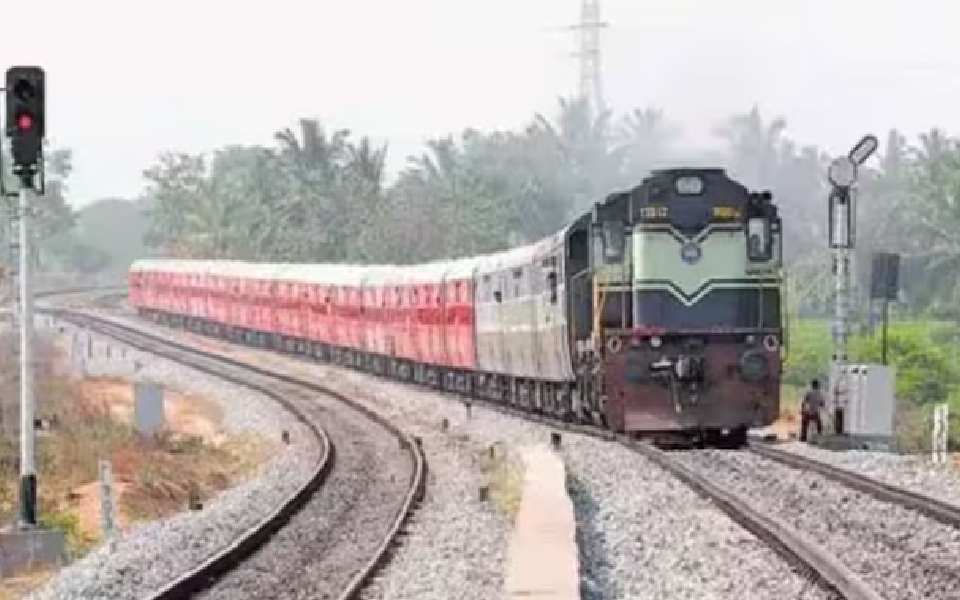New Delhi: The Union Government has decided to revert to the pre-December 2019 recruitment system for the Indian Railways, scrapping the unified Indian Railway Management Service (IRMS) process. Starting this year, railway officers will once again be recruited through two separate exams – the Civil Services Examination (CSE) and the Engineering Services Examination (ESE), both conducted by the Union Public Service Commission (UPSC).
The Centre's Department of Personnel and Training (DoPT) gave its approval to the Railway Ministry’s proposal on Saturday. This marks a major departure from the government’s earlier reform that merged eight railway services into a single entity, the IRMS. The 2019 reform aimed at eliminating departmentalism within Indian Railways and streamlining recruitment by bringing both technical and non-technical officers under one unified exam.
However, over the last two years, the ministry struggled to recruit enough technical personnel through the IRMS process, prompting this reversal. Officials said that the decision reflects the unique requirement of having both technical and non-technical expertise in the railways.
The Railway Ministry has requested the recruitment of 225 engineers through the upcoming Civil Services Examination (CSE) 2025, with applications to be invited soon. This new approach will allow for specialized recruitment, addressing the specific needs of the railways for both technical and managerial roles.
Earlier, under the IRMS system, candidates from different backgrounds were assessed through a single examination, but the shift back to two separate exams will now enable more focused hiring.
Let the Truth be known. If you read VB and like VB, please be a VB Supporter and Help us deliver the Truth to one and all.
New Delhi (PTI): A 23-year-old woman was found dead in her house in Delhi's Prem Nagar area, with police suspecting it to be a case of suicide, an official said on Tuesday.
The deceased, identified as Anjali Singh, was found motionless in her room on Monday by her sister and her neighbour.
Police said her father, Vinod Kumar Singh (51), told them that he and his wife were away at work at the time of the incident, while their son and the other daughter were also not at home at the time of the incident.
ALSO READ: Koppal: Worms found in midday meal at Ningapur Government School
According to the family, the room in which Anjali was found was locked from the inside. The door was later forcibly opened by a neighbour and her sister with the help of a crowbar.
Her body was found lying on the bed inside the room, police said.
Preliminary inquiry revealed that Anjali had allegedly hanged herself using a piece of cloth tied to the ceiling fan.
It is suspected that the noose eventually might have loosened or torn off, resulting in her being found lying on the bed.
Family members informed the police that Anjali was a final-year student of a librarian science course from Indira Gandhi National Open University (IGNOU). About a week ago, her final-year examination results were declared, and she had failed, following which she had been under depression, they said.
The family has not raised any allegation of foul play, police said, adding that no suicide note or external injury marks were found on the body during the initial inspection.
Inquest proceedings have been initiated in the matter as per the law. The body has been sent for post-mortem examination to ascertain the exact cause of death, and further investigation is underway, police added.





